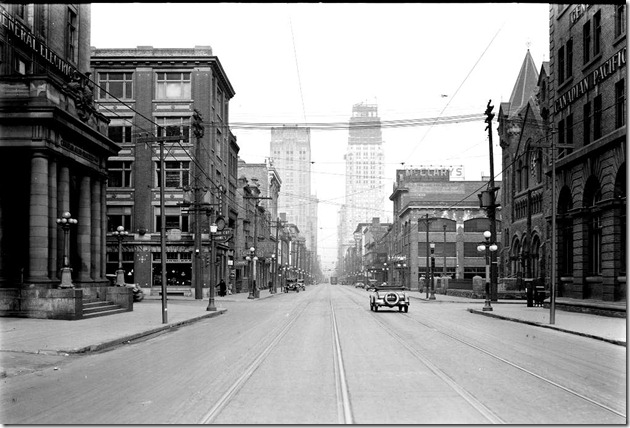When strolling along King Street, it is difficult to imagine the intersection at King and Simcoe Streets as it appeared during the early days of York. Because of the expensive land prices within the downtown area today, few can visualize a time when streets contained open fields and houses with spacious grounds.
When Simcoe had laid out the plans for the town in 1790s, at the eastern end of the harbour, the intersection at King and Simcoe Streets was a considerable distance west of the town. However, during the years ahead, as the town slowly developed westward, King Street became a fashionable residential area. The earliest building erected at King and Simcoe was the home of John Elmsley, on the southwest corner of the intersection. In 1815, Elmsley’s home was purchased by the Government of Upper Canada to serve as the official residence of the vice-regal representatives of the crown. It became the province’s Government House. It was destroyed by fire in 1863, and a new structure was erected on the same site. Today, Roy Thomson Hall is located on the corner.
The above photo shows Government House in 1912, and beside it on the opposite side of the street is St. Andrew’s Presbyterian Church, built in 1874. I previously placed a detailed post on this blog about Government House. It can be viewed by following the link: https://tayloronhistory.com/2013/03/11/torontos-lost-architectural-gemsthe-site-occupied-by-the-roy-thomson-hall/. The purpose of this post is to explore the other three corners at the intersection.
Gazing south on Simcoe Street in 1922, the tower of St. Andrew’s visible on the southeast corner of Simcoe and King Streets. The building in the foreground is on the northeast corner of the intersection, where the old British Saloon once was located.
This photograph shows St. Andrew’s Church on the southeast corner of King and Simcoe in the late-1970s. The vacant land in the foreground is being prepared to build the Roy Thomson Hall, which opened in 1982.
The southwest corner of King and Simcoe today, showing the gardens and reflecting pool (below street level) of the Roy Thomson Hall.
The north facade of St. Andrew’s and the top of its Romanesque tower, shortly after it was restored in 2012.
In York’s early days, the northwest quadrant of the corner of King and Simcoe was named Russell Square. It was bounded by King on the south, Adelaide Street on the north, Simcoe on the east, and John Street on the west. It was where Upper Canada College constructed its buildings in 1829. They remained on this site until 1891, when they relocated to Avenue Road, north of St. Clair Avenue. The old buildings were demolished.
Upper Canada College when it was located on the northwest corner of King and Simcoe. The grassy field in front of the buildings stretched as far south as King Street, as the impressive structures in the photo were located close to Adelaide Street.
The historic plaque on the Union Building at King and Simcoe Streets.
Today, the Union Building is located on the grassy space that was once a part of the grounds of Upper Canada College. The Union Building, with its impressive portico, was erected in 1908.
The northeast corner of King and Simcoe was occupied by a notorious pub named “The British Saloon. Today, a glass skyscraper occupies the sight.
In the nineteenth century, because there was a college, a pub, a church, and Government House all sharing the corner of King and Simcoe Streets, the corner became known as “The corner of education, damnation, salvation, and legislation.”
Looking west along King Street in 1927, from Simcoe Street. The Union Building of 1908 is on the right-hand side of the photo, where the grassy fields of Upper Canada College were once located. Further along the street can be seen the Royal Alexandra Theatre. The streetcar is a Peter Witt car, the first of these streetcars having arrived in the city in 1921. They remained in service on Yonge Street until the subway opened on March 30, 1954. The building on the left was owned by the Canadian Pacific Railway, as their freight yards was to the west of it.
The famous corner in April of 1929. It gazes east along King Street, showing the Union Building on the left. On the other side of the street is St. Andrew’s Church, the building owned by the Canadian Pacific Railway beside it. The Bank of Commerce Building is visible in the background, on the south side of King Street, but it remains under construction, the top floors still incomplete. These photos always amaze me because of the lack of vehicle traffic.
Note: all historic pictures in this post are from the City of Toronto Archives.
To view the Home Page for this blog: https://tayloronhistory.com/
To view other posts about the history of Toronto and its buildings:
St. Stanislaus Koska RC Church on Denison Avenue, north of Queen West
The Bishop’s (St, Michael’s) Palace on Church Street, Toronto
https://tayloronhistory.com/2013/03/02/torontos-architectural-gemsbishops-palace-on-church-street/
The Ed Mirvish (Pantages, Imperial, Canon) Theatre, a true architectural gem on Toronto’s Yonge Street
The Waverly Hotel on Spadina near College Street.
https://tayloronhistory.com/2013/02/16/toronto-architectural-gemsthe-waverly-hotel-484-spadina/
The Art Deco Bank of Commerce building on King Street West.
The Postal Delivery Building, now the Air Canada Centre (ACC)
The Bellevue Fire Station on College Street
https://tayloronhistory.com/2013/02/14/torontos-architectural-gems-bellevue-fire-station/
The Bank of Nova Scotia at King and Bay Streets
Toronto’s old Sunnyside Beach
https://tayloronhistory.com/2013/02/01/a-pictorial-journey-to-sunnyside-beach-of-old-part-one/
https://tayloronhistory.com/2013/02/03/a-pictorial-journey-to-torontos-old-sunnyside-beach-part-two/
Toronto’s architectural gems—the Runnymede Library
https://tayloronhistory.com/2013/02/05/torontos-architectural-gems-runnymede-library/
Spadina Avenue – sinful, spicy and diverse
https://tayloronhistory.com/2012/09/28/sinfully-saucy-and-diversetorontos-spadina-avenue/
The Reading Building, a warehouse loft on Spadina Avenue
https://tayloronhistory.com/2013/01/20/torontos-architectural-gemsthe-reading-building-on-spadina/
The Darling Building on Spadina Avenue
https://tayloronhistory.com/2013/01/19/torontos-architectural-gemsthe-darling-building-on-spadina/
The amazing Fashion Building on Spadina Avenue
Toronto’s architectural gems – the Tower Building at Spadina and Adelaide Street
The Balfour Building at 119 Spadina Avenue
The Robertson Building at 215 Spadina that houses the Dark Horse Espresso Bar
An architectural gem – Grossman’s Tavern at Spadina and Cecil Streets
https://tayloronhistory.com/2012/11/08/architectural-gem-grossmans-tavern-at-377-9-spadina/Historic
History of the house that contains the Paul Magder Fur Shop at 202 Spadina
An important historic building that disappeared from the northeast corner of Spadina and College
Historic bank building on northeast corner of Spadina and Queen West
https://tayloronhistory.com/2012/12/02/torontos-architectural-gemsbank-at-spadina-and-queen-west/
History of the Backpackers’ Hotel at King and Spadina
https://tayloronhistory.com/2012/03/31/history-of-the-backpackers-hotel-at-king-and-spadina/
Hamburger corner – Spadina and Queen Streets
https://tayloronhistory.com/2012/10/10/torontos-hamburger-cornerwhere-is-it-and-why/
Lord Lansdowne Public School on Spadina Crescent
The Victory Burlesque Theatre at Dundas and Spadina
https://tayloronhistory.com/2012/09/08/the-sinful-victory-burlesque-theatre-at-dundas-and-spadina/
The Dragon City Mall on the southwest corner of Dundas and Spadina
https://tayloronhistory.com/2012/08/25/torontos-heritage-the-southwest-corner-of-queen-and-spadina/
Buildings on the west side of Spadina a short distance north of Queen Street.
History of the site of the Mcdonalds on northwest corner of Queen and Spadina
https://tayloronhistory.com/2012/08/27/mcdonalds-at-queen-and-spadina-on-an-historic-site/
A former mansion at 235 Spadina that is now almost hidden from view.
ttps://tayloronhistory.wordpress.com/2012/07/04/torontos-architectural-gems-is-this-one-a-joke/
Military hero of the War of 1812 lived near corner of Spadina and Queen West.
To view other posts about Toronto’s past and its historic buildings:
The Art Deco bus terminal at Bay and Dundas Streets.
Photos of the surroundings of the CN Tower and and the St. Lawrence Market in 1977
The old Dominion Bank Building at King and Yonge Street
The Canada Life Building on University and Queen Street West.
Campbell House at the corner of Queen Street West and University Avenue
A study of Osgoode Hall
https://tayloronhistory.com/2012/04/12/enjoying-torontos-architectural-gems-osgoode-hall/
Toronto’s first City Hall, now a part of the St. Lawrence Market
Toronto’s Draper Street, a time-tunnel into the 19th century
The Black Bull Tavern at Queen and Soho Streets, established in 1822
History of the 1867 fence around Osgoode Hall on Queen Street West at York Street
Gathering around the radio as a child in the 1940s
The opening of the University Theatre on Bloor Street, west of Bay St.
https://tayloronhistory.com/2012/02/24/the-opening-of-torontos-university-theatre-on-bloor-street/
122 persons perish in the Noronic Disaster on Toronto’s waterfront in 1949
Historic Victoria Memorial Square where Toronto’s first cemetery was located, now hidden amid the Entertainment District
https://tayloronhistory.com/2012/01/09/victoria-square-in-torontos-entertainment-district-is-a-gem/
Visiting one of Toronto’s best preserved 19th-century streets-Willcocks Avenue
The 1930s Water Maintenance Building on Brant Street, north of St. Andrew’s Park
Toronto’s architectural gems-photos of the Old City from a book published by the city in 1912
Toronto’s architectural gems in 1912
https://tayloronhistory.com/2012/12/04/torontos-architectural-gems-in-1912/
Toronto’s architectural gems – the bank on the northeast corner of Queen West and Spadina
https://tayloronhistory.com/2012/12/02/torontos-architectural-gemsbank-at-spadina-and-queen-west/
Photos of the surroundings of the CN Tower and and the St. Lawrence Market in 1977
The St. Lawrence Hall on King Street
https://tayloronhistory.com/2012/04/28/enjoying-torontos-architectural-gems-the-st-lawrence-hall/
Toronto’s streetcars through the past decades
https://tayloronhistory.com/2012/03/26/memories-of-torontos-streetcars-of-yesteryear/
History of Trinity Bellwoods Park
https://tayloronhistory.com/2012/04/09/the-history-and-beauty-of-trinity-bellwood-park/
A history of Toronto’s famous ferry boats to the Toronto Islands
Toronto’s Old City Hall at Bay and Queen Streets
https://tayloronhistory.com/2012/04/22/enjoying-torontos-architectural-gems-old-city-hall
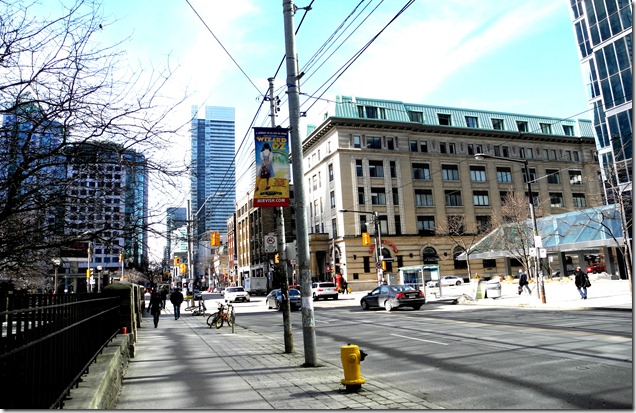
![pictures-r-1793[1] 1912, Tor. Ref. Lib. pictures-r-1793[1] 1912, Tor. Ref. Lib.](https://tayloronhistory.com/wp-content/uploads/2013/03/pictures-r-17931-1912-tor-ref-lib-_thumb1.jpg)
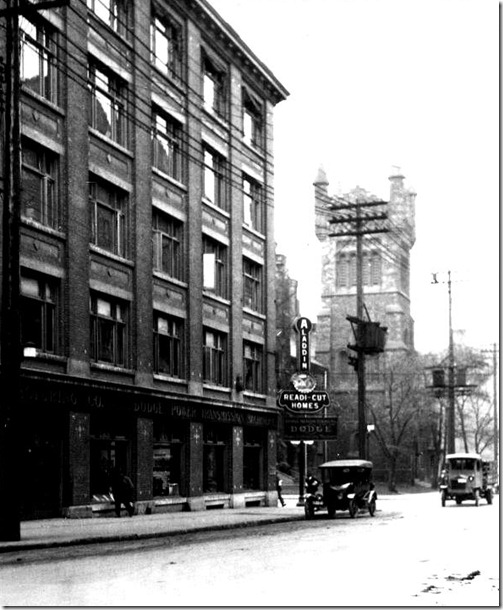
![f0124_fl0003_id0067[1] f0124_fl0003_id0067[1]](https://tayloronhistory.com/wp-content/uploads/2013/03/f0124_fl0003_id00671_thumb.jpg)
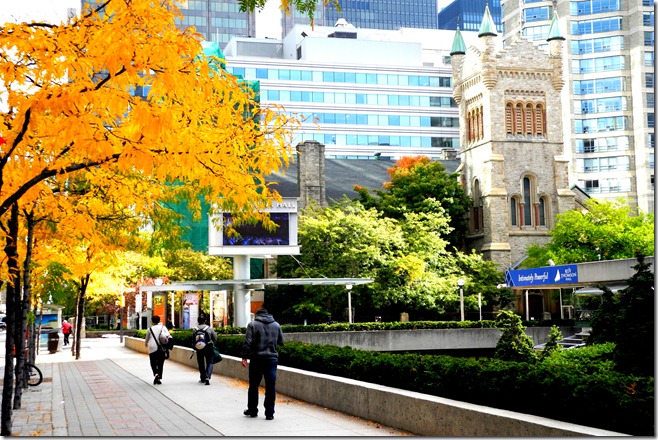
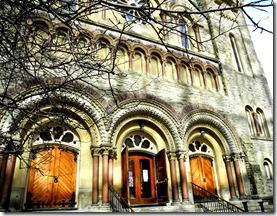
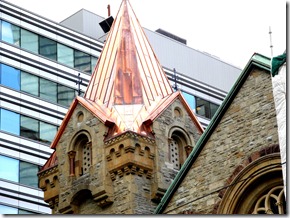
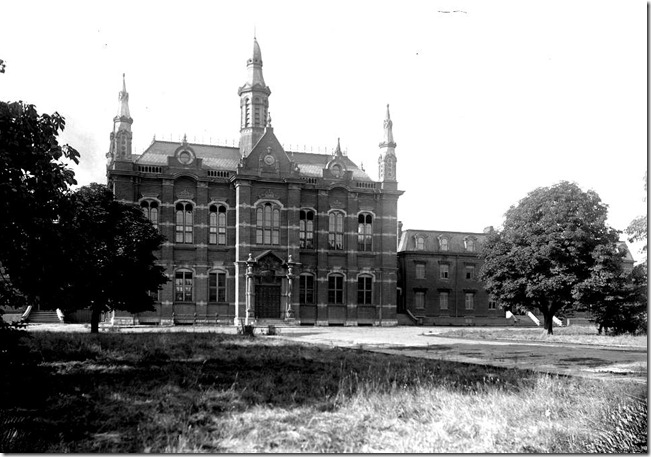
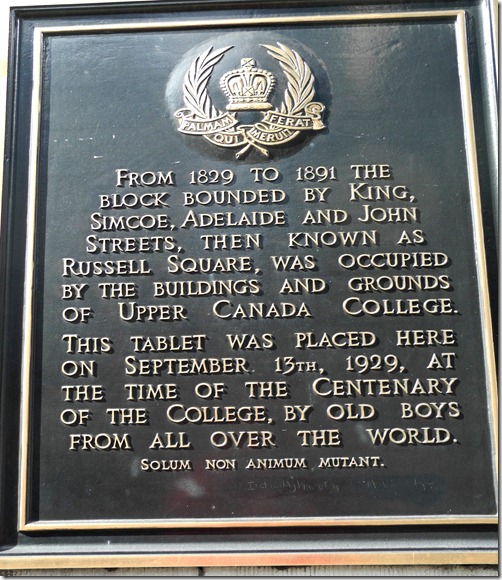
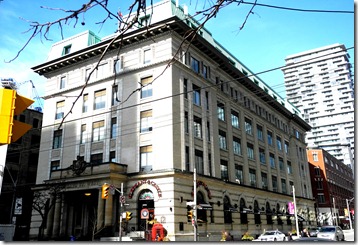
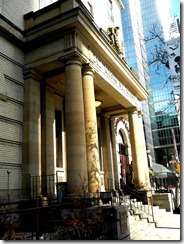
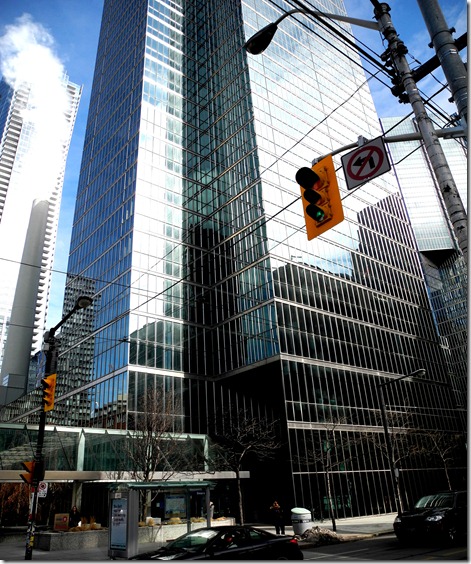
![f1231_it2165[1] JUly 1927 f1231_it2165[1] JUly 1927](https://tayloronhistory.com/wp-content/uploads/2013/03/f1231_it21651-july-1927_thumb.jpg)
